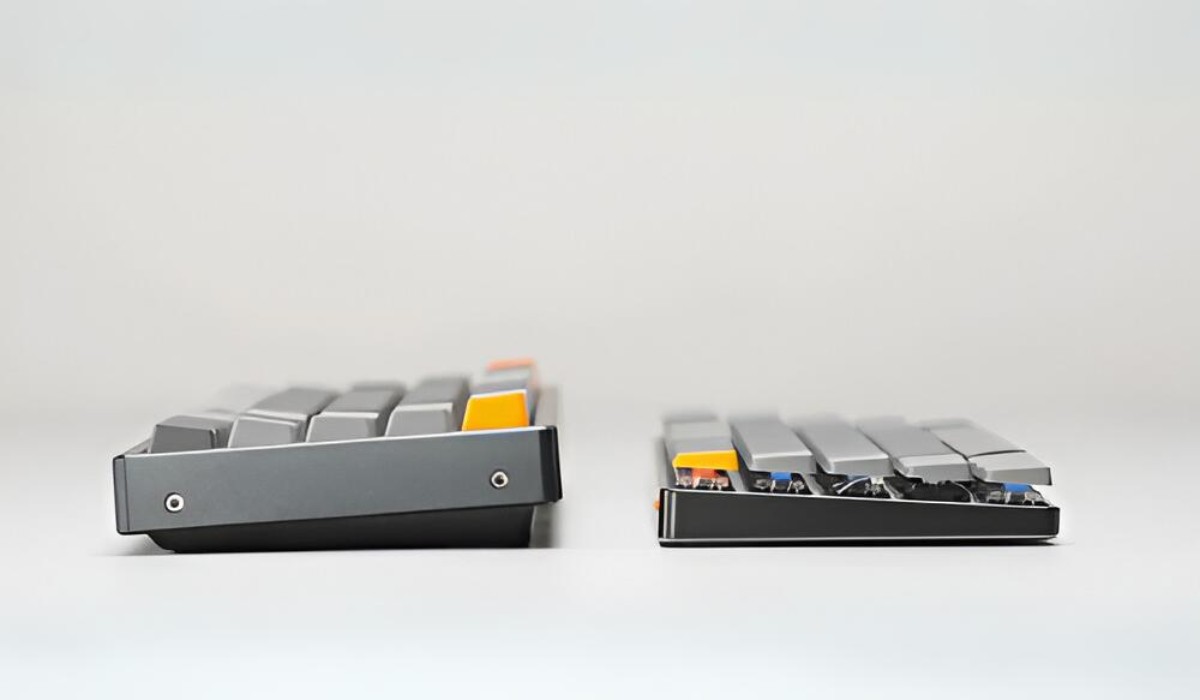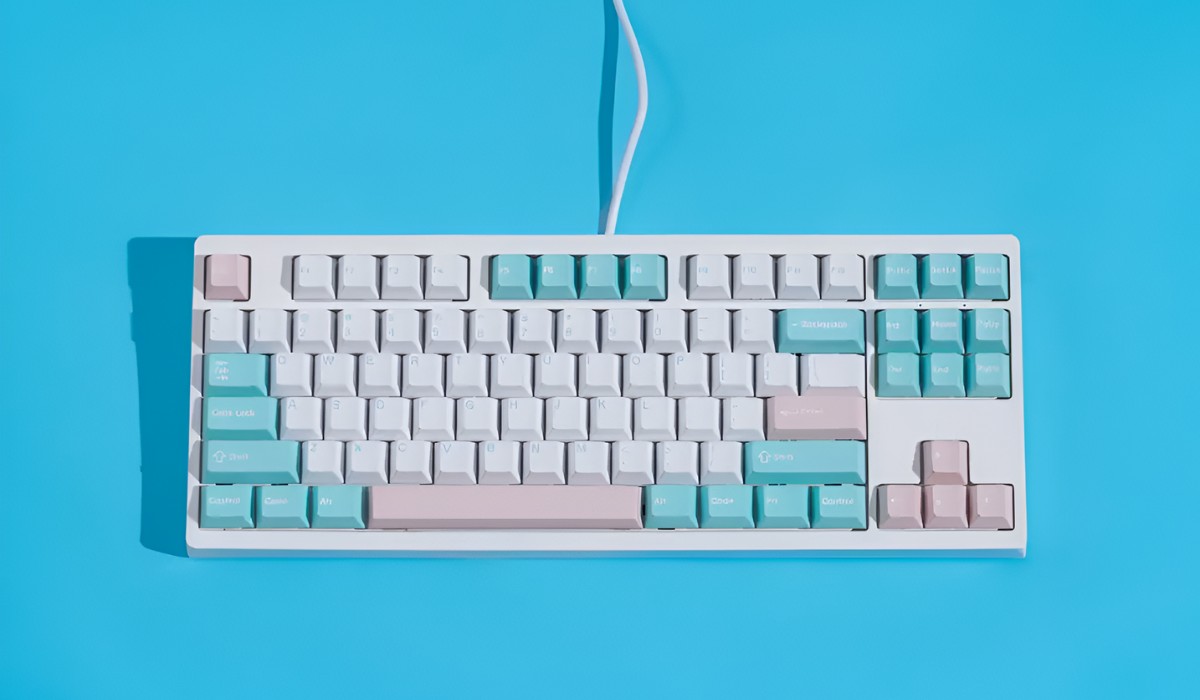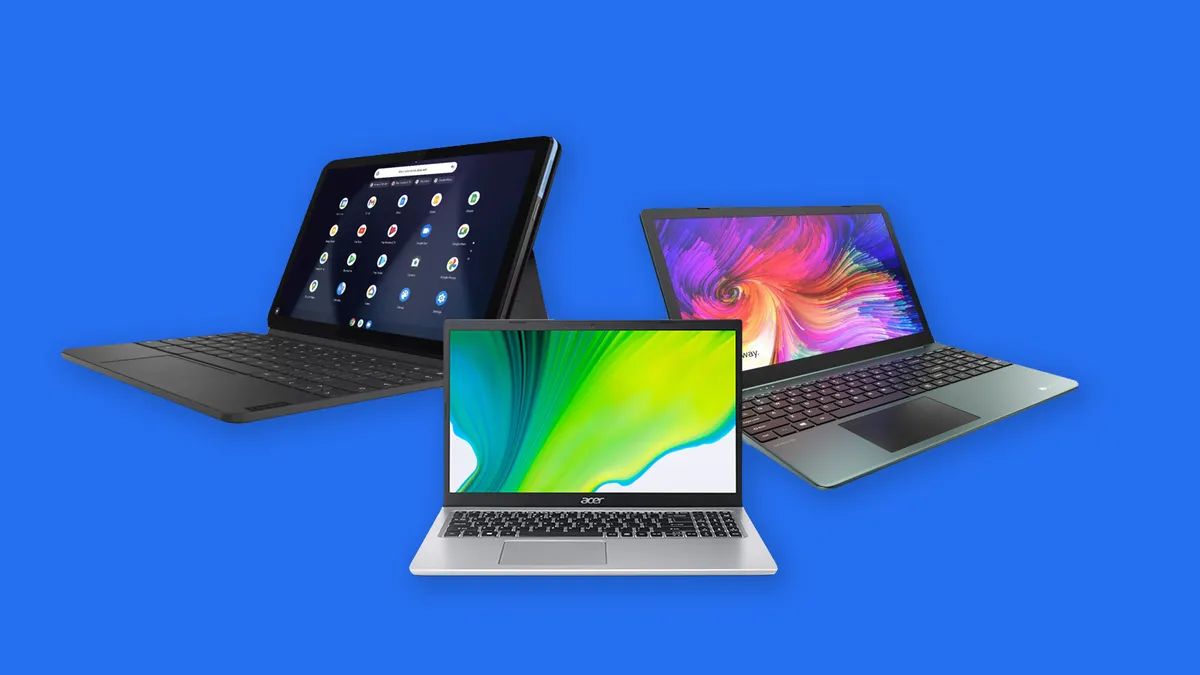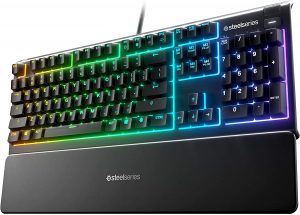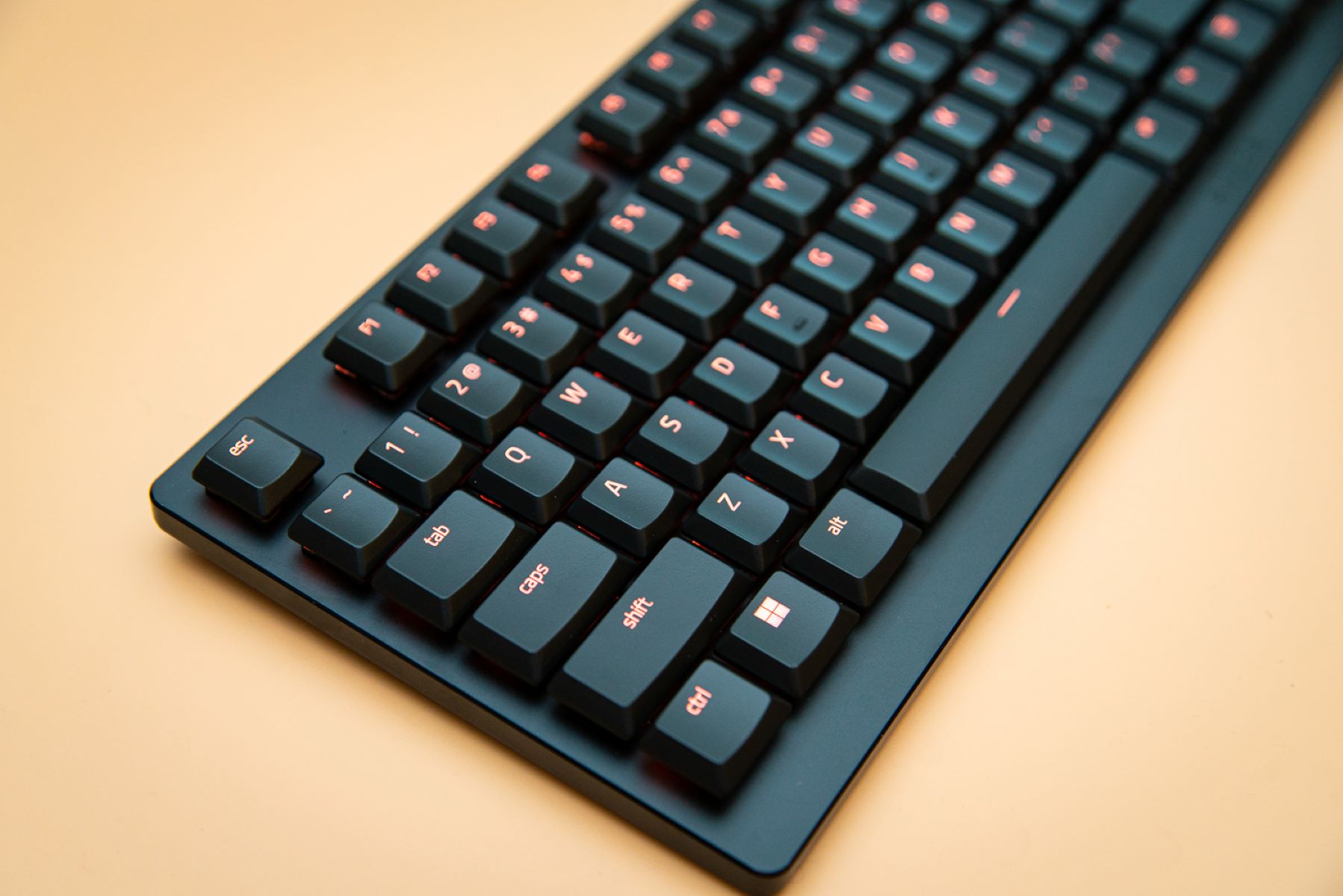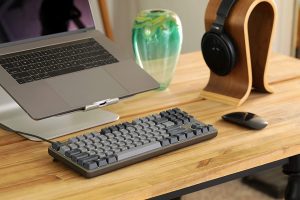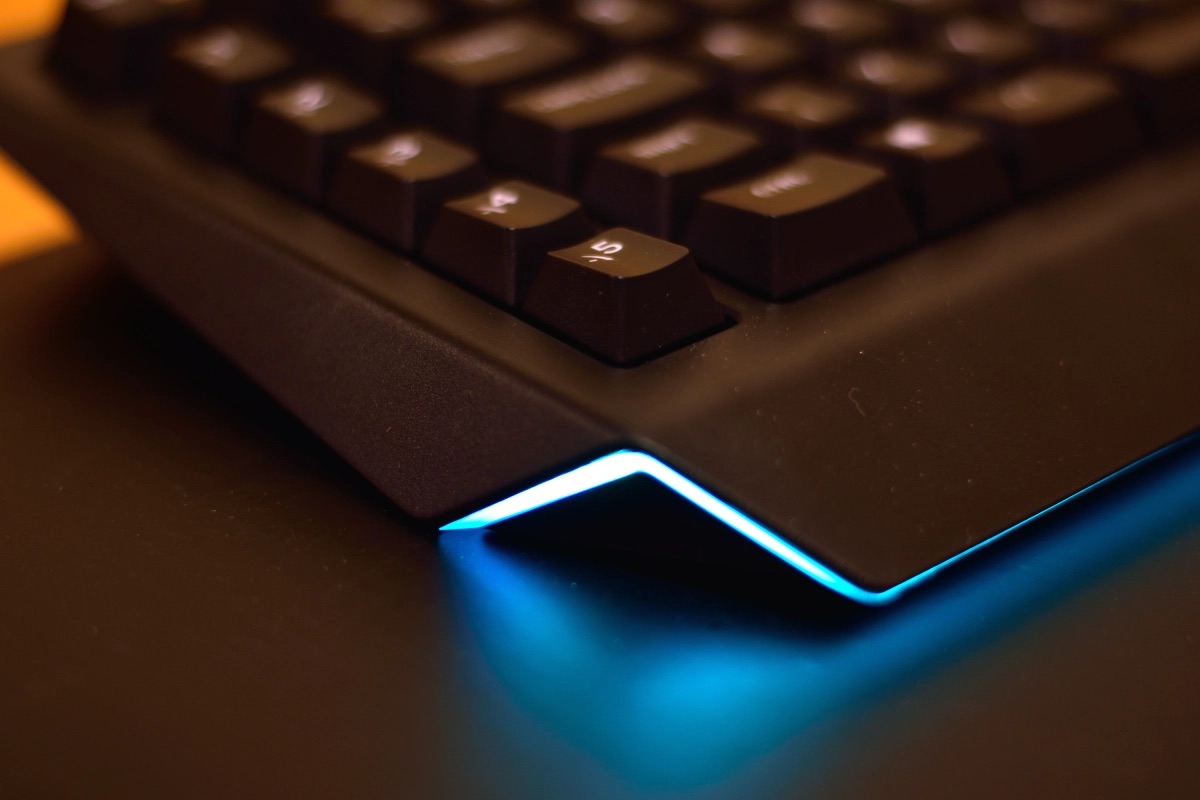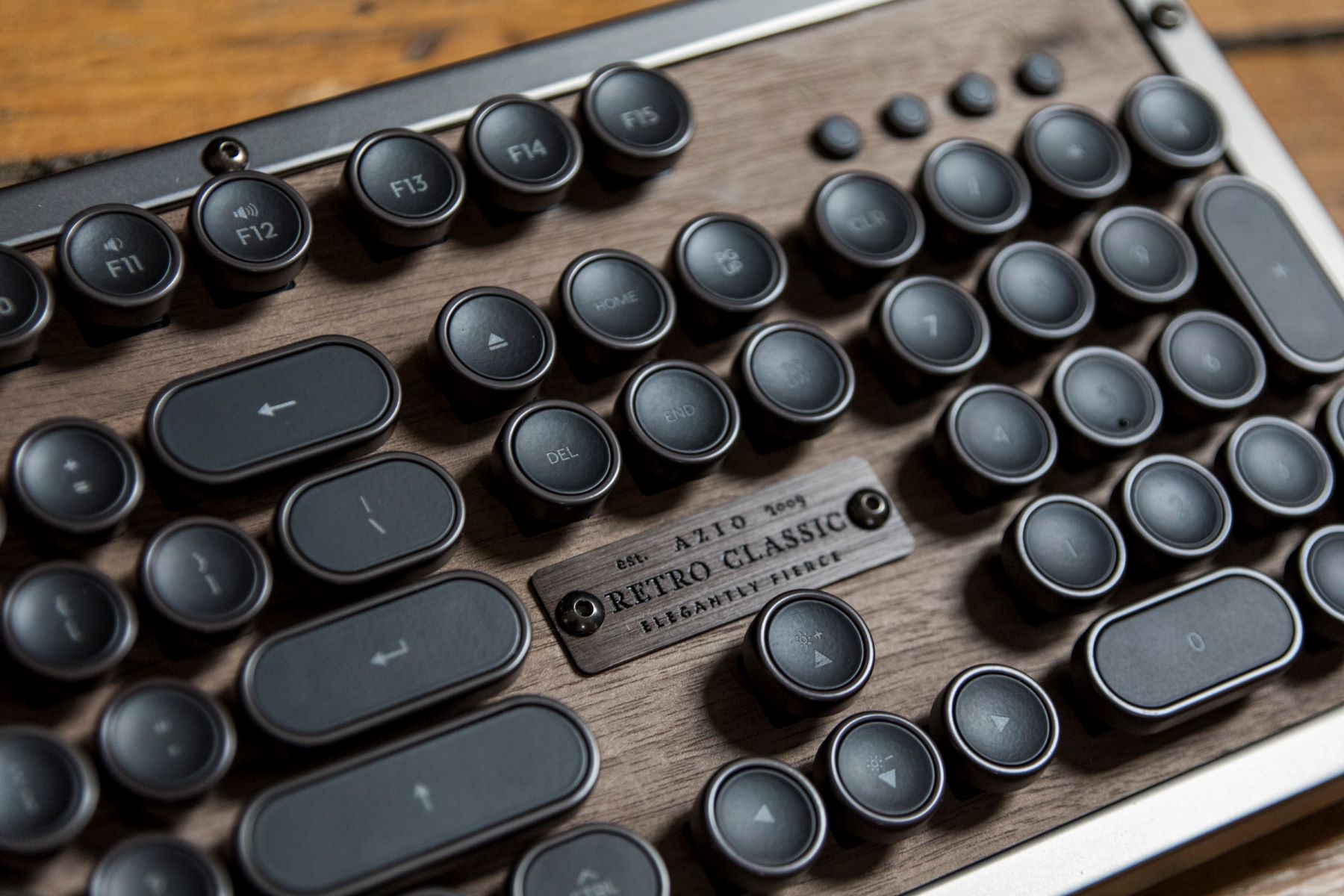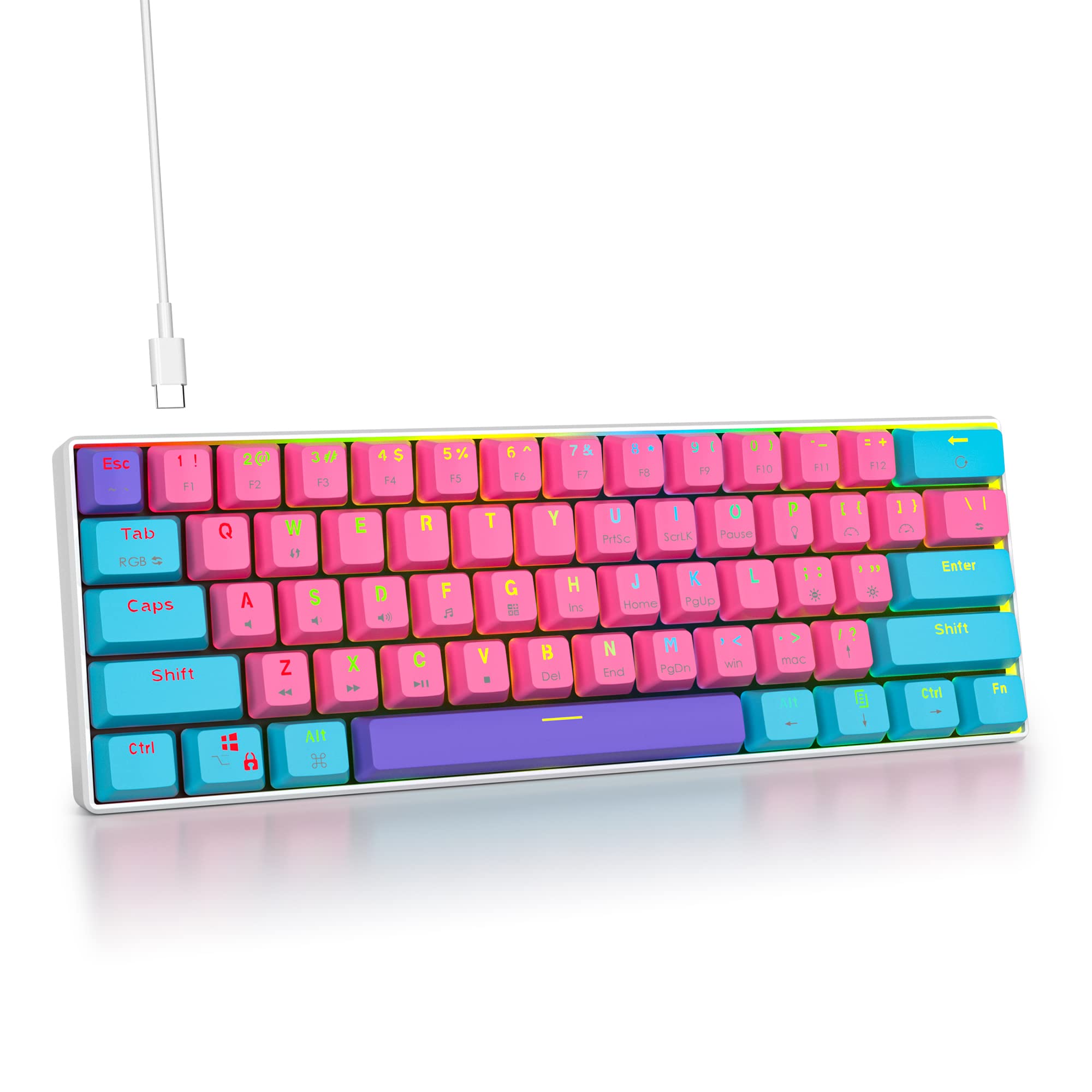Introduction
Introduction
When it comes to selecting a keyboard for your computer, the choices can be overwhelming. One of the key decisions to make is whether to opt for a mechanical keyboard or a normal keyboard. Both options have their unique characteristics, catering to different preferences and needs. Understanding the differences between these two types of keyboards can help you make an informed decision that aligns with your specific requirements.
In this comprehensive guide, we will delve into the distinctive features of mechanical keyboards and normal keyboards, shedding light on their design, typing experience, durability, customization options, and additional features. By exploring these aspects, you can gain a deeper understanding of the unique attributes that set these keyboards apart.
Whether you are a casual user, a professional typist, or a dedicated gamer, the choice of keyboard can significantly impact your overall computing experience. Therefore, it is crucial to weigh the pros and cons of each type of keyboard to determine which one best suits your individual needs and preferences.
Throughout this exploration, we will uncover the intricacies of mechanical keyboards and normal keyboards, offering valuable insights to guide you in making an informed decision. Let's embark on this enlightening journey to unravel the differences and nuances between these two keyboard options, empowering you to make the best choice for your computing endeavors.
Key Design and Construction
One of the primary distinctions between mechanical keyboards and normal keyboards lies in their key design and construction. Mechanical keyboards are meticulously engineered with individual mechanical switches for each key. These switches consist of various types, such as the popular Cherry MX series, each offering unique tactile feedback and actuation force. This intricate design results in a more tactile and responsive typing experience, allowing for precise and satisfying key presses.
In contrast, normal keyboards, also known as membrane keyboards, feature a simplified construction with rubber dome or membrane switches beneath the keys. When a key is pressed, the rubber dome collapses, making contact with the circuit layer underneath to register the keystroke. While this design is cost-effective and relatively quiet, it often lacks the tactile feedback and durability associated with mechanical switches.
Furthermore, the keycaps of mechanical keyboards are typically made of higher quality materials such as double-shot ABS or PBT plastic, providing a more robust and long-lasting typing surface. On the other hand, normal keyboards commonly feature keycaps made of thin, single-layer plastic, which may wear out more quickly over time.
Another aspect of key design and construction is the layout and spacing of the keys. Mechanical keyboards often offer a more ergonomic and customizable layout, with options for different keycap shapes and sizes to accommodate various typing preferences. In contrast, normal keyboards tend to have a standard layout with limited customization options, catering to general user requirements.
Overall, the key design and construction of mechanical keyboards emphasize durability, precision, and customization, making them a preferred choice for users who prioritize a superior typing experience and long-term reliability.
Typing Experience
When it comes to the typing experience, the disparity between mechanical keyboards and normal keyboards becomes distinctly apparent. Mechanical keyboards are renowned for delivering a tactile, responsive, and satisfying typing experience. The individual mechanical switches beneath each keycap provide a distinct tactile feedback, audible click, and consistent actuation force, resulting in a more pronounced and enjoyable typing sensation.
Moreover, the actuation point of mechanical switches can be customized to suit specific preferences, offering varied actuation forces and tactile feedback options. This level of customization allows users to fine-tune the typing experience to their liking, catering to different typing styles and preferences.
On the other hand, normal keyboards, with their membrane or rubber dome switches, often offer a softer and less responsive typing experience. The lack of distinct tactile feedback and audible click can lead to a somewhat mushy and indistinct typing sensation, which may not be as satisfying for users who prefer a more pronounced and responsive keystroke.
Furthermore, the key travel distance and actuation force of mechanical keyboards are often more consistent and precise, contributing to a more comfortable and efficient typing experience. This consistency can reduce typing fatigue and enhance overall typing speed and accuracy, making mechanical keyboards an attractive choice for users who engage in extensive typing tasks.
Ultimately, the typing experience offered by mechanical keyboards is characterized by its tactile feedback, customizable actuation options, and consistent key response, providing a satisfying and efficient typing environment for a wide range of users, from writers and programmers to avid gamers.
Durability and Lifespan
When assessing the durability and lifespan of keyboards, mechanical keyboards stand out as robust and long-lasting devices. The individual mechanical switches used in these keyboards are designed to endure a significantly higher number of keystrokes compared to the membrane switches found in normal keyboards. This enhanced durability is attributed to the sturdy construction of mechanical switches, which are often rated for tens of millions of keystrokes, ensuring prolonged reliability and consistent performance over time.
Furthermore, the keycaps of mechanical keyboards, typically crafted from high-quality materials such as double-shot ABS or PBT plastic, are more resistant to wear and fading, contributing to the overall longevity of the keyboard. This ensures that the key legends remain clear and legible even after extended use, maintaining the aesthetic appeal of the keyboard.
In contrast, normal keyboards with membrane switches may exhibit signs of wear and degradation more quickly, especially in high-usage environments. The rubber dome switches are generally rated for a lower number of keystrokes, making them more prone to failure and reduced responsiveness over time. Additionally, the keycaps of normal keyboards, often made of thinner and less durable plastic, may show signs of wear, smudging, and fading with prolonged use.
Moreover, the construction of mechanical keyboards, including the use of metal backplates and robust internal components, contributes to their overall durability, making them resilient against physical impacts and environmental factors. This durability makes mechanical keyboards an ideal choice for users seeking a long-term investment in a reliable and enduring input device.
Overall, the durability and lifespan of mechanical keyboards surpass that of normal keyboards, offering a resilient and long-lasting typing solution that can withstand extensive use and maintain its performance and aesthetics over an extended period.
Customization and Features
When it comes to customization and additional features, mechanical keyboards offer a wealth of options to cater to individual preferences and requirements. These keyboards often come with swappable keycaps, allowing users to personalize the look and feel of their keyboard with different colors, materials, and profiles. This level of customization enables users to create a keyboard layout that aligns with their aesthetic preferences and ergonomic needs.
Furthermore, many mechanical keyboards support hot-swappable switches, providing the flexibility to change the type of mechanical switch used for each key without soldering or complex disassembly. This feature allows users to tailor the typing experience by experimenting with different switch types, including linear, tactile, and clicky switches, to find the ideal combination for their typing style and preferences.
In addition to switch customization, mechanical keyboards often offer advanced features such as customizable RGB backlighting, programmable macro keys, and onboard memory for storing personalized settings and profiles. These features enhance the overall user experience by allowing for personalized lighting effects, streamlined workflow with custom macros, and the convenience of carrying personalized settings across different devices.
On the other hand, normal keyboards typically offer limited customization options, with fixed keycaps and a standard layout that may not cater to diverse user preferences. While some standard keyboards may incorporate basic multimedia keys or adjustable tilt stands, the level of customization and additional features is generally more limited compared to mechanical keyboards.
Moreover, the build quality and materials used in mechanical keyboards often contribute to a more premium feel and aesthetic appeal, with options for aluminum frames, detachable wrist rests, and high-quality braided cables. These additional features enhance the overall user experience and durability of mechanical keyboards, making them a compelling choice for users seeking a personalized and feature-rich typing solution.
Conclusion
After exploring the key differences between mechanical keyboards and normal keyboards, it becomes evident that each type offers distinct advantages and characteristics that cater to diverse user preferences and needs. The design, construction, typing experience, durability, customization options, and additional features of these keyboards play a pivotal role in shaping the overall user experience.
Mechanical keyboards stand out as a preferred choice for users who prioritize a tactile and responsive typing experience, enhanced durability, and extensive customization options. The individual mechanical switches, robust construction, and customizable features make them an ideal choice for typists, gamers, and professionals seeking a high-performance and personalized input device.
On the other hand, normal keyboards, with their membrane or rubber dome switches, offer a cost-effective and quieter typing solution suitable for general users with standard typing needs. While they may lack the advanced customization options and durability of mechanical keyboards, they provide a practical and budget-friendly input device for everyday computing tasks.
Ultimately, the decision between a mechanical keyboard and a normal keyboard hinges on individual preferences, typing requirements, and budget considerations. By understanding the unique attributes of each type of keyboard, users can make an informed choice that aligns with their specific needs, whether it involves prioritizing a premium typing experience, durability, customization options, or a practical and budget-friendly solution.
Regardless of the choice made, both mechanical keyboards and normal keyboards play a crucial role in shaping the computing experience, offering users a diverse range of options to enhance their productivity, comfort, and enjoyment while interacting with their devices.







